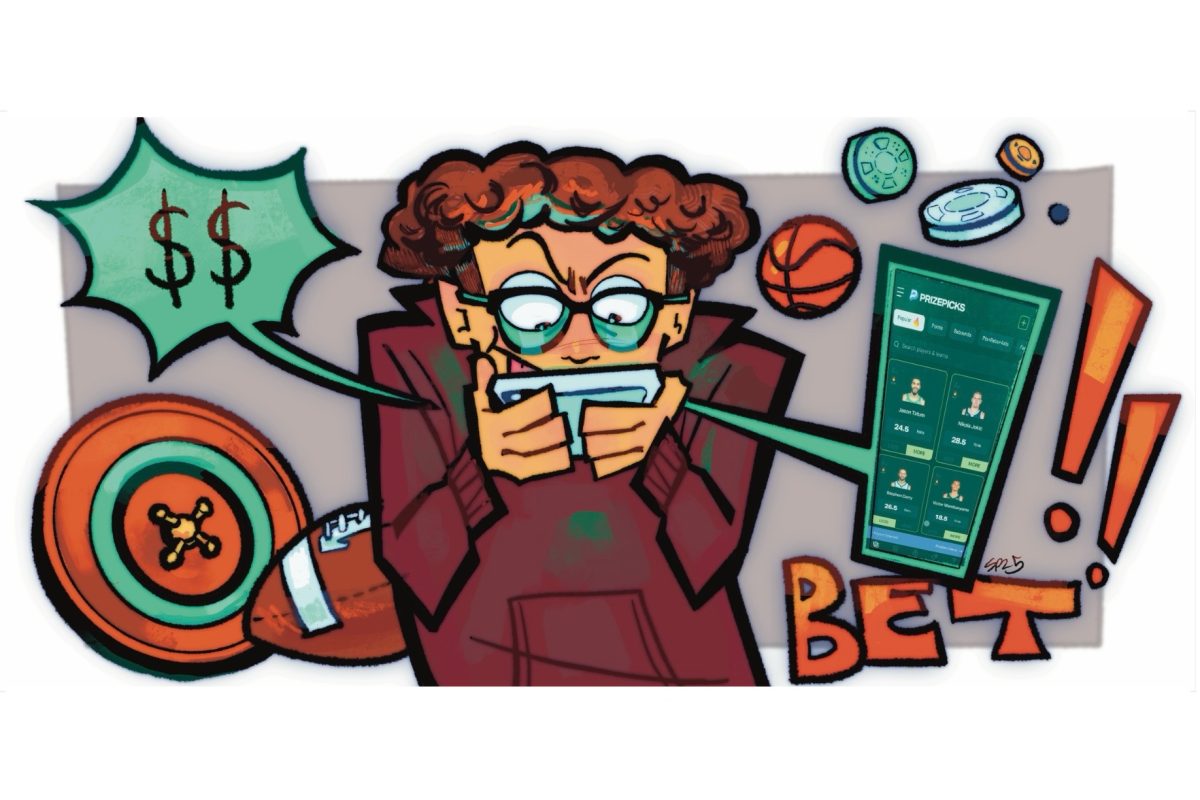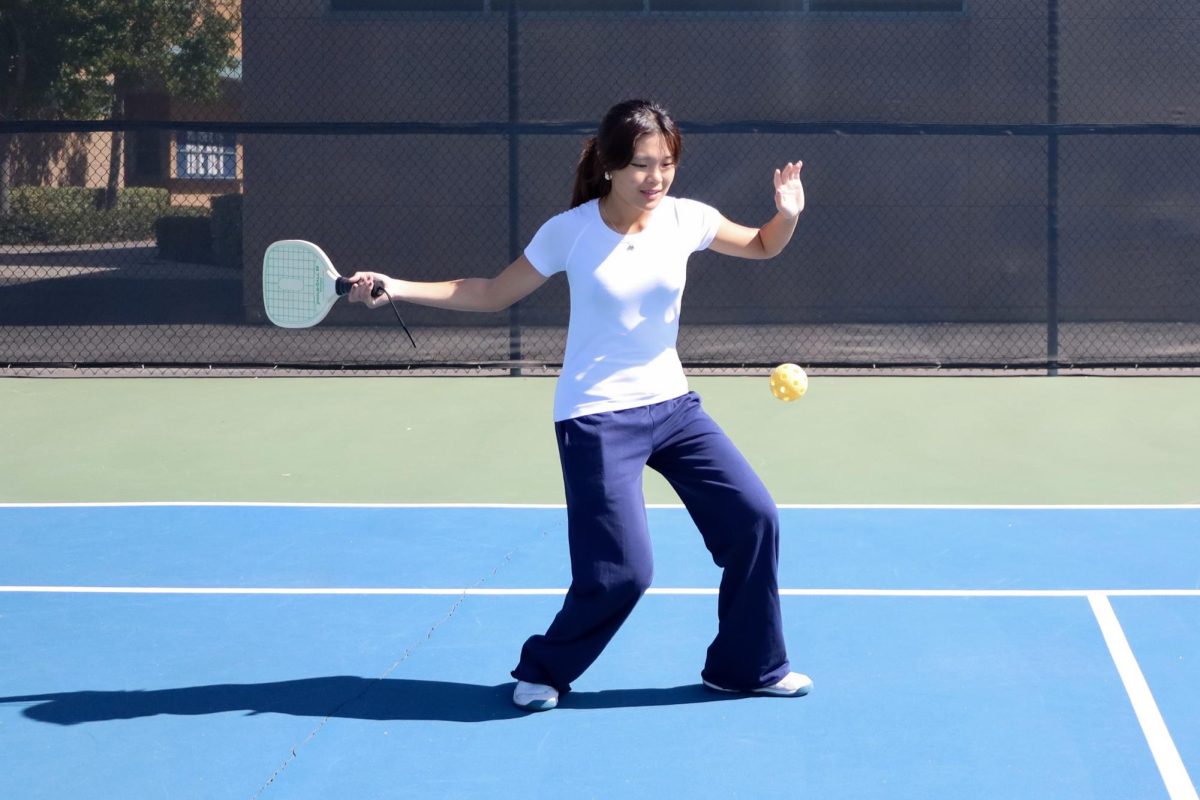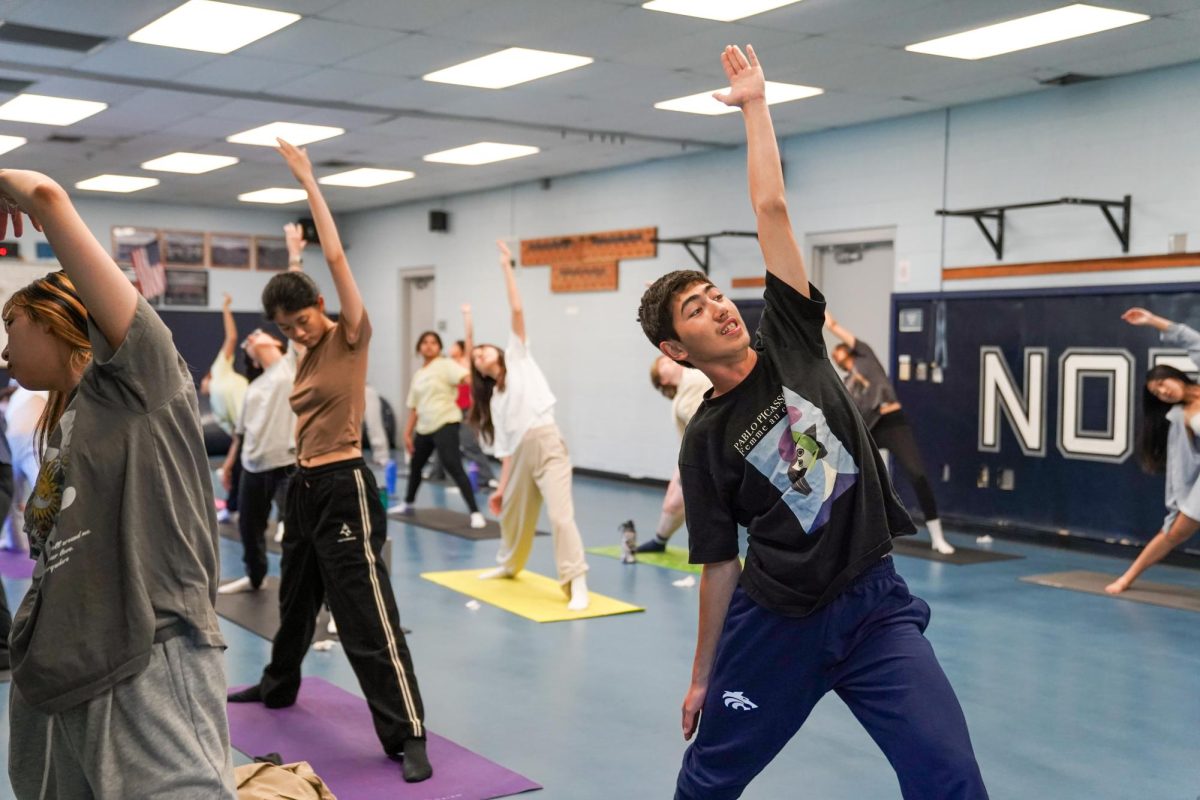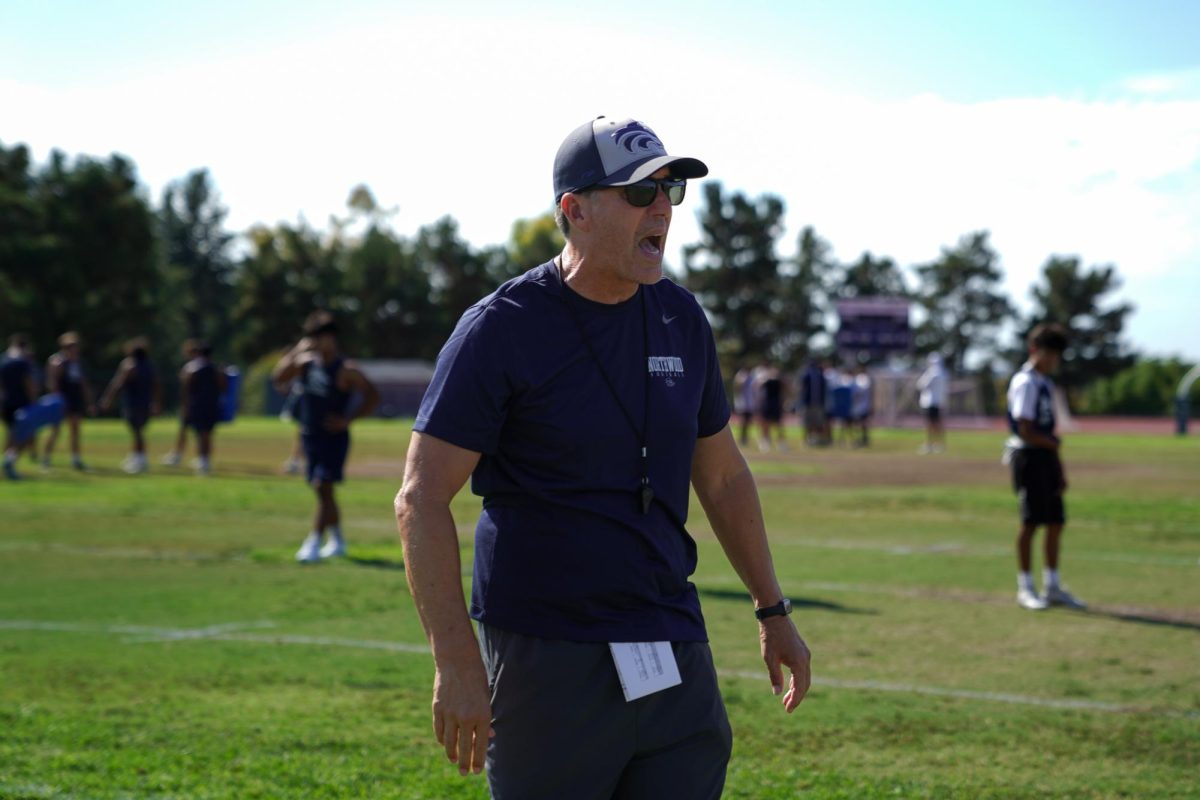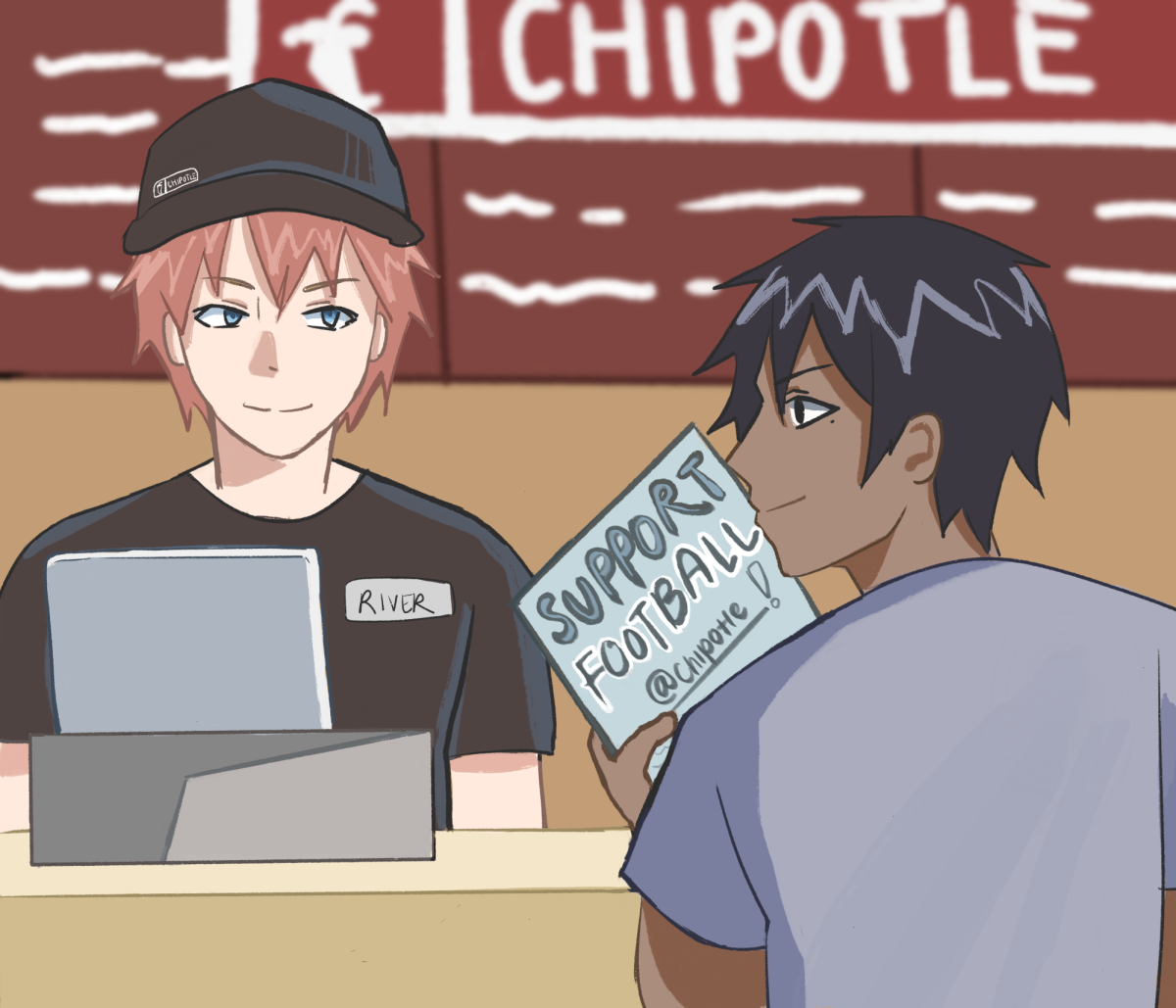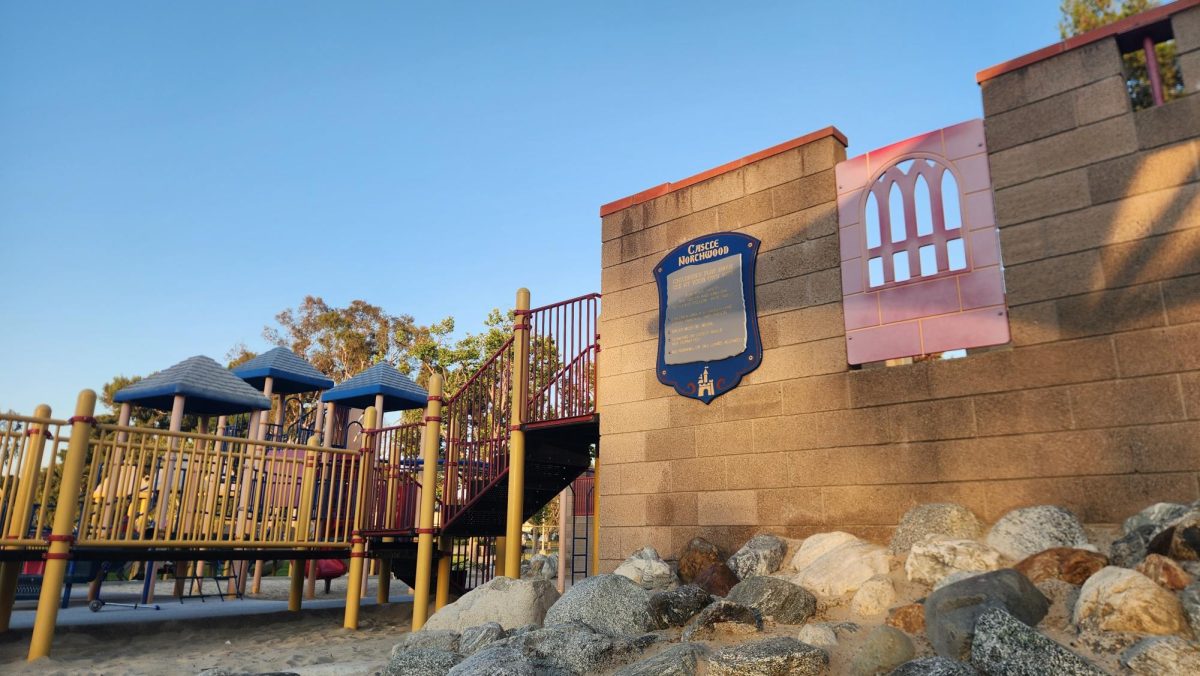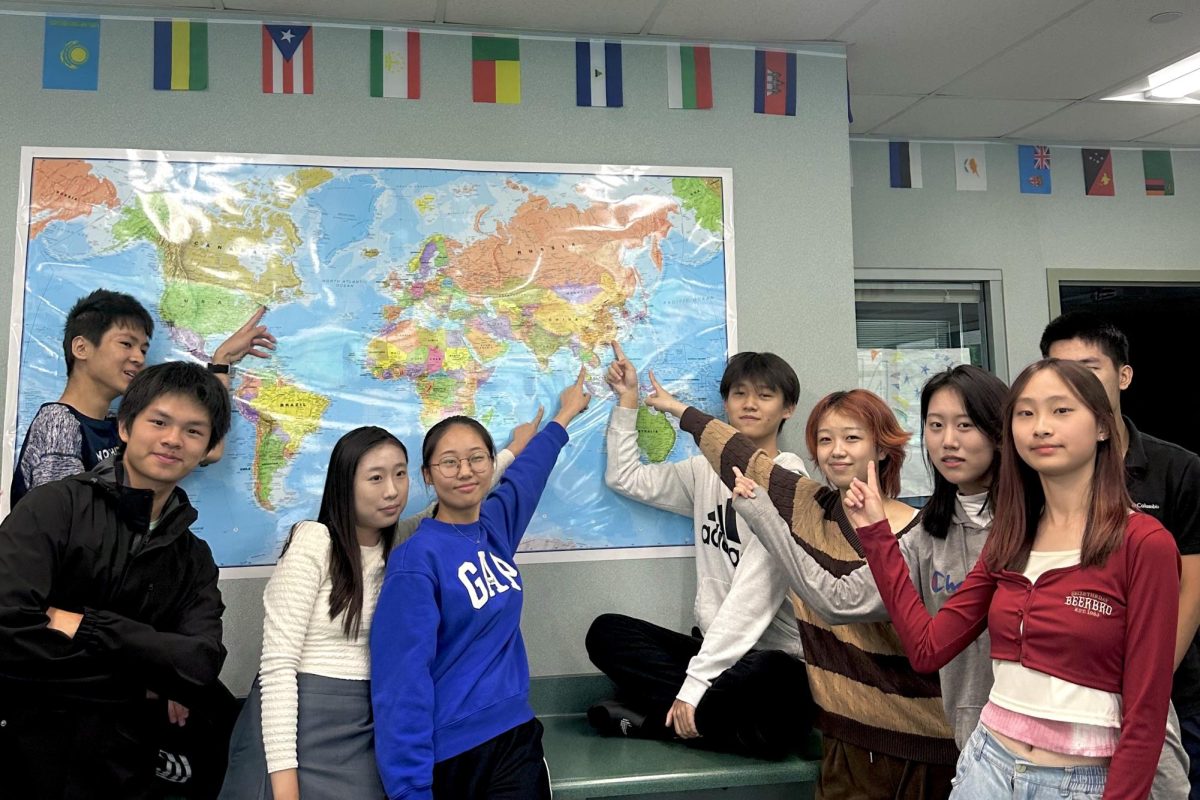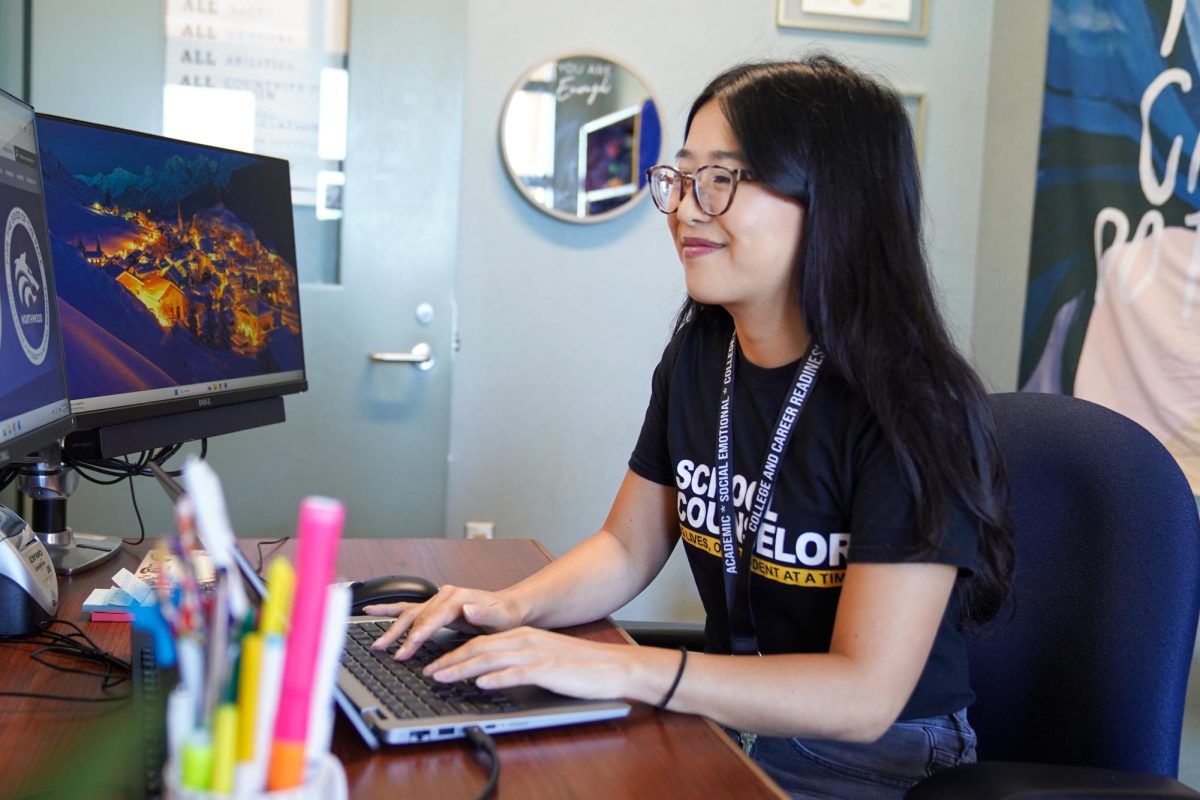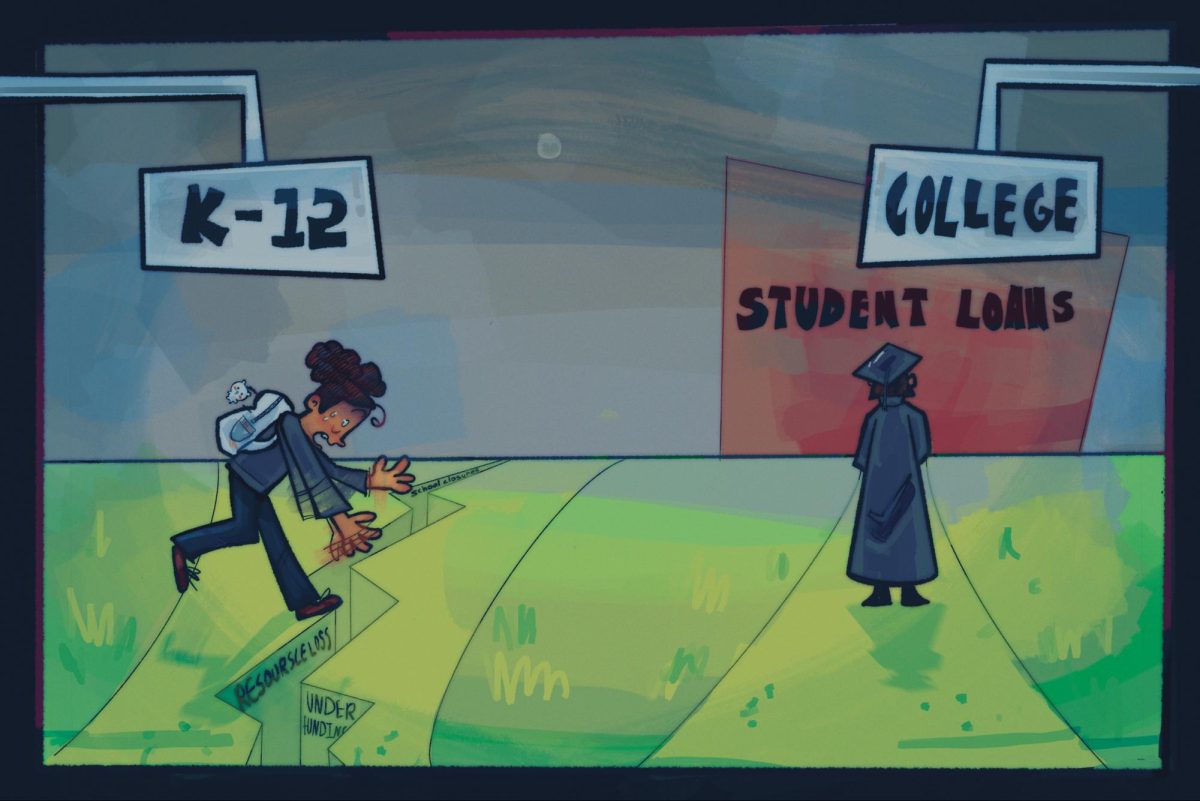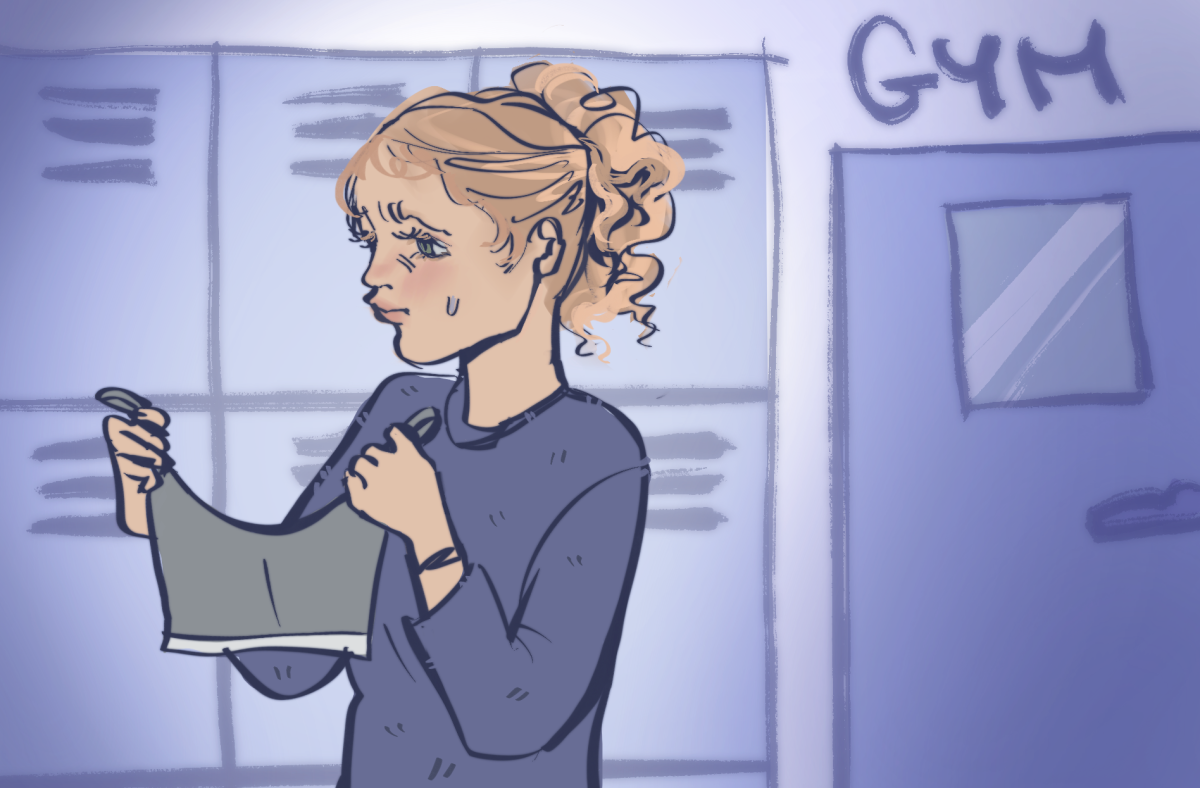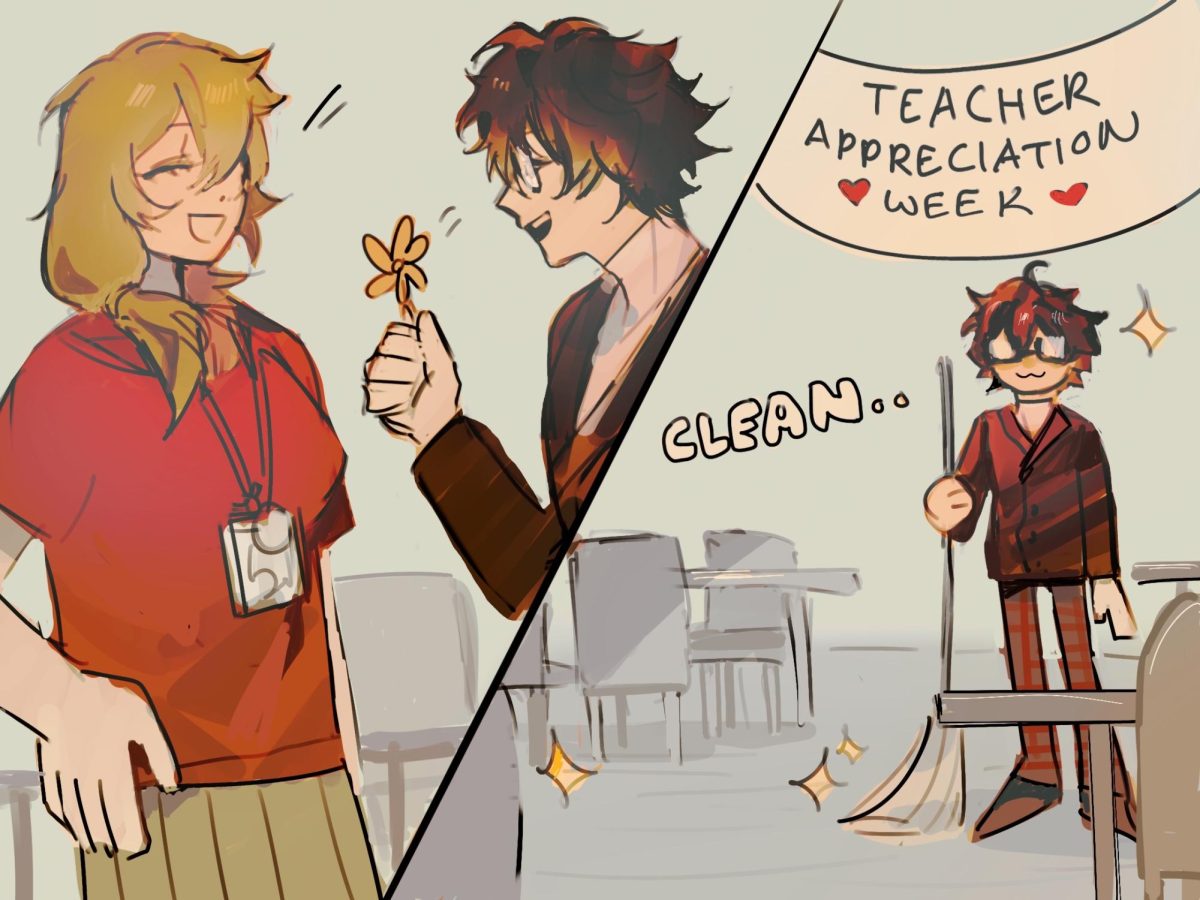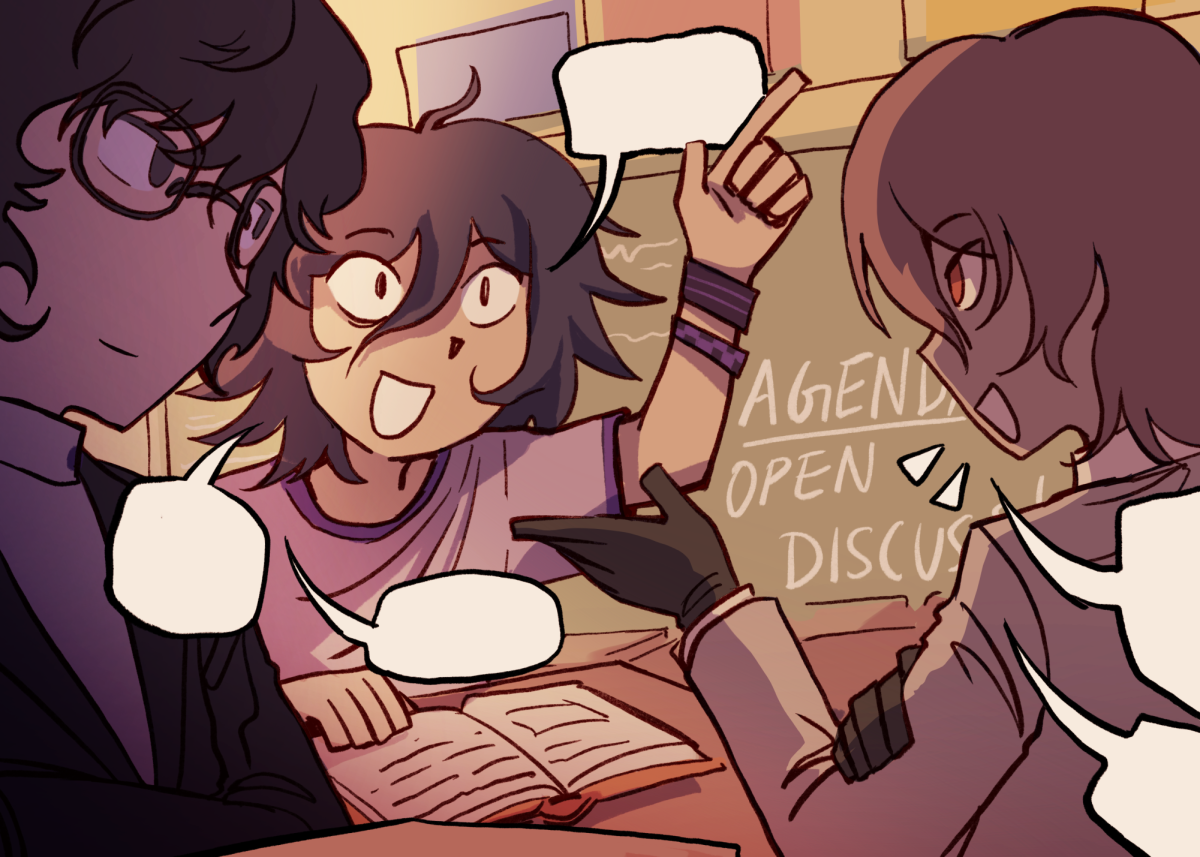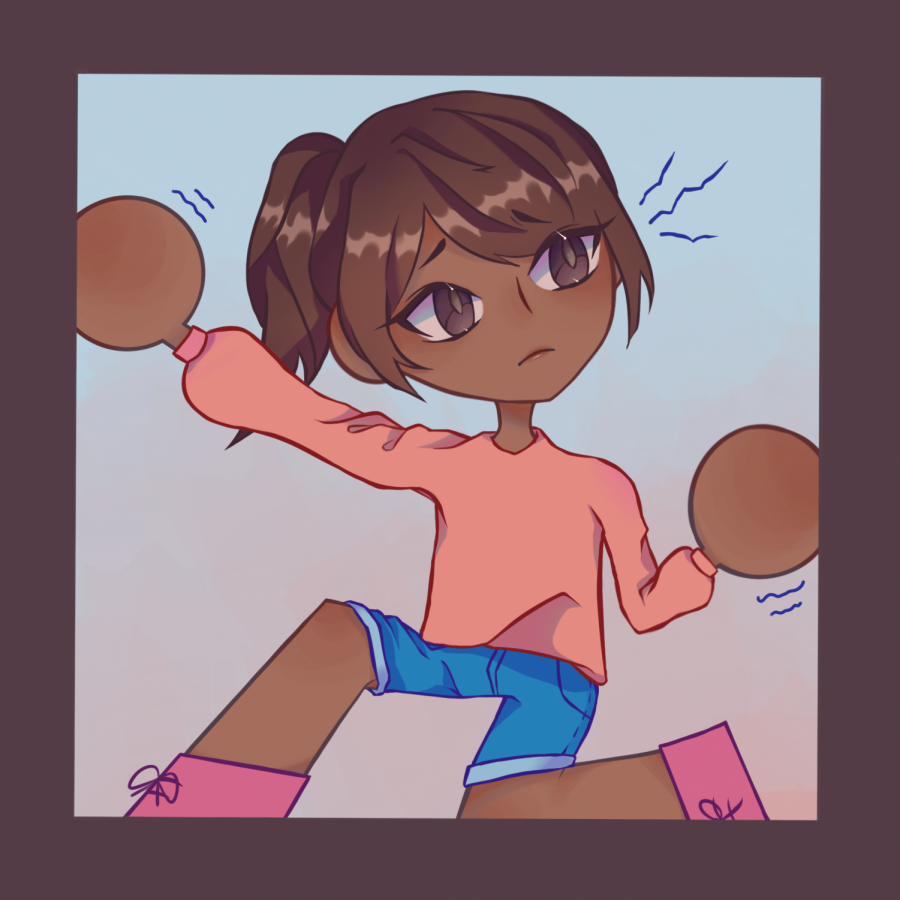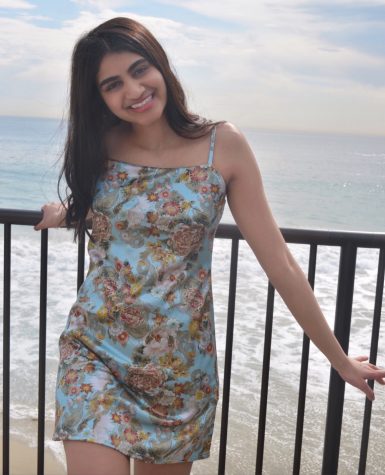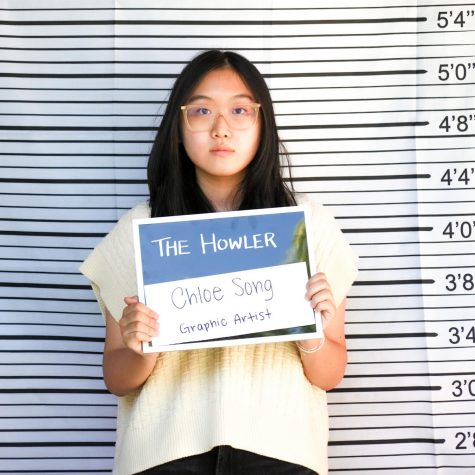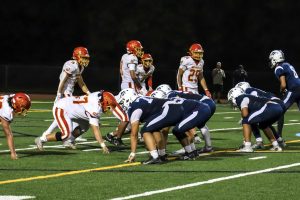South Asian Representation in American Media
September 27, 2021
The saga of South Asian representation in the media is a long and exhausting topic of discussion. From Apu Nahasapeemapetilon in “The Simpsons” to Ravi in “Jessie,” South Asians have been forced into a variety of boxes, all equally offensive and demeaning. As a South Asian teenager, I remember watching these shows and squirming uncomfortably at the over-exaggerated accents and dumbed-down portrayal of my people. I used to think, Is this what my friends think I’m like? My teachers? My classmates? And would these people grow up to be future executive producers, writers and directors, and reflect these preconceived notions in writing rooms, perpetuating an endless cycle of stereotyping and racism?
I wish I could say I was wrong. I wish I could say that these characters have gone over people’s heads, or that they don’t impact their perception of brown people. But I was right: In a study published in the Digital Access Scholarship to Harvard, titled “Effects of American Media Representation of South Asian Americans,” author Samantha Lynne “asked 42 participants what South Asian characters they remember and whether or not they were pleased, displeased or neutral with those representations.” The study analyzes the effect of famous portrayals such as Rajesh Koothrappali in “The Big Bang Theory,” Dinesh Chugtai in “Silicon Valley,” Changez in “The Reluctant Fundamentalist” and more. Among the 42 interviewees, there was an overwhelming support for no longer perpetuating “whitewashing, ethnic-washing and brown-voice performances.” People are tired of seeing South Asians portrayed as stingy liquor store owners or friendly neighborhood nerds. The most beautiful art is a reflection of the world around us, so it’s only fair that we’re portrayed in our truest forms: CEOs, actors, scientists, doctors, singers, comedians and so much more.
Another issue lies in a lack of meaningful opportunities for South Asian entertainers, which stems from lack of scripts. People like Hasan Minhaj, Zayn Malik and Riz Ahmed are not anomalies—there are thousands of them just waiting to be cast, waiting to find meaningful characters to portray and beautiful stories to tell and soulful music to put out. The recent controversy on “Shadow and Bone,” in which white stunt double was put in brownface (check out my interview with the show’s producer on The Northwood Howler), is a small-scale example of a larger issue of wasted South Asian talent.
Senior Rey Shankar points out the dichotomy between the commodification of South Asian culture, and the mocking of it.
“A lot of music artists use South Asian ‘aesthetics’ in their videos but then make fun of the culture as a whole,” Shankar said. “There’s also this sort of exclusion because when we talk about Asian representation, we often get East or Southeast Asian representation but lack South Asian representation—and when we do, it’s heavily marked with colorism.”
Great South Asian representation in the media, when I do see it, warms my heart. It makes me feel seen, heard, included and empowered. But bad representation is worse than no representation at all. So I look forward to a world in which future generations of South Asian youngsters can grow up feeling beautiful rather than mediocre; like superheroes instead of sidekicks; and irreplaceable instead of disposable.

